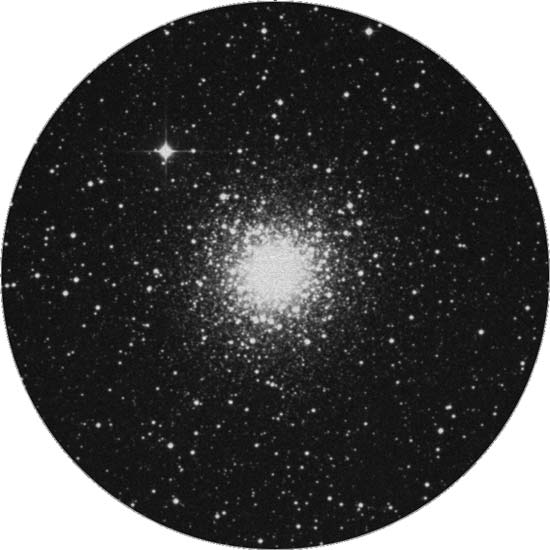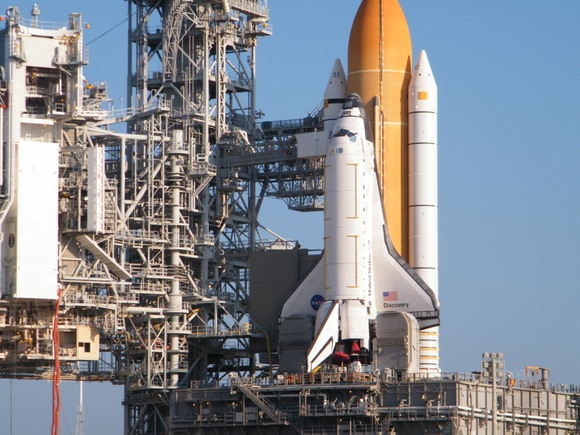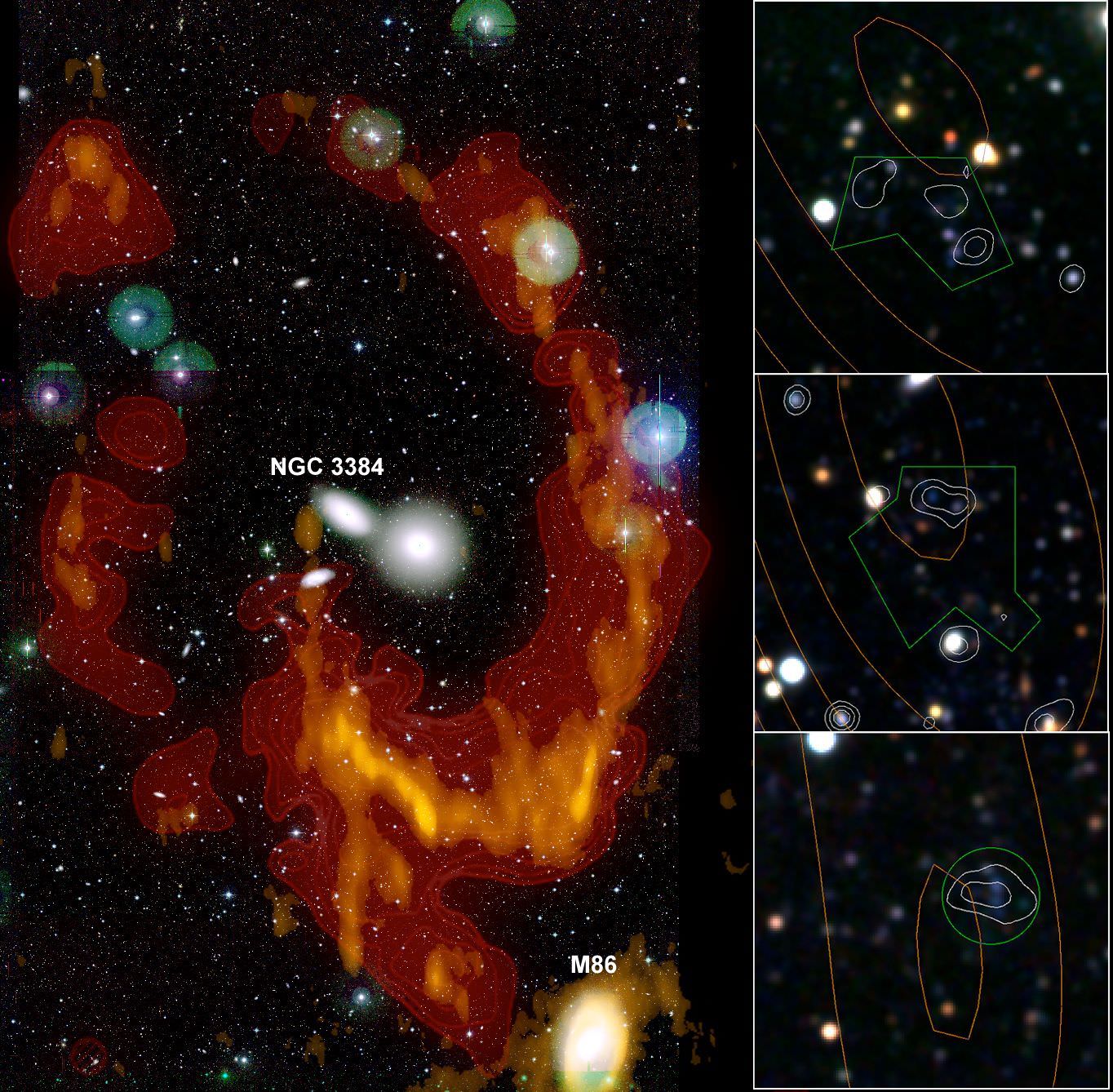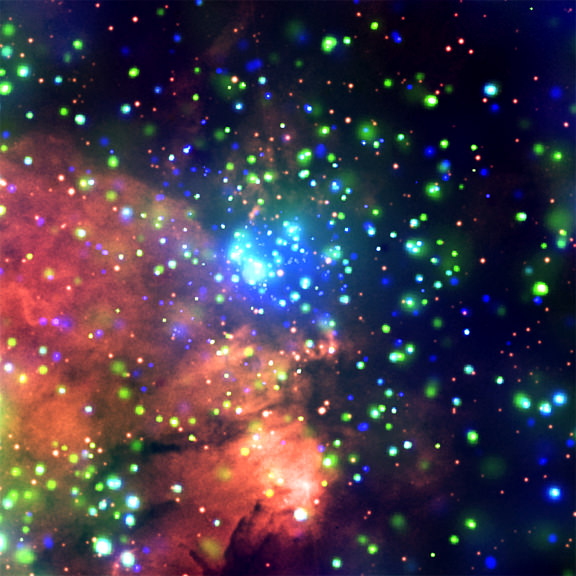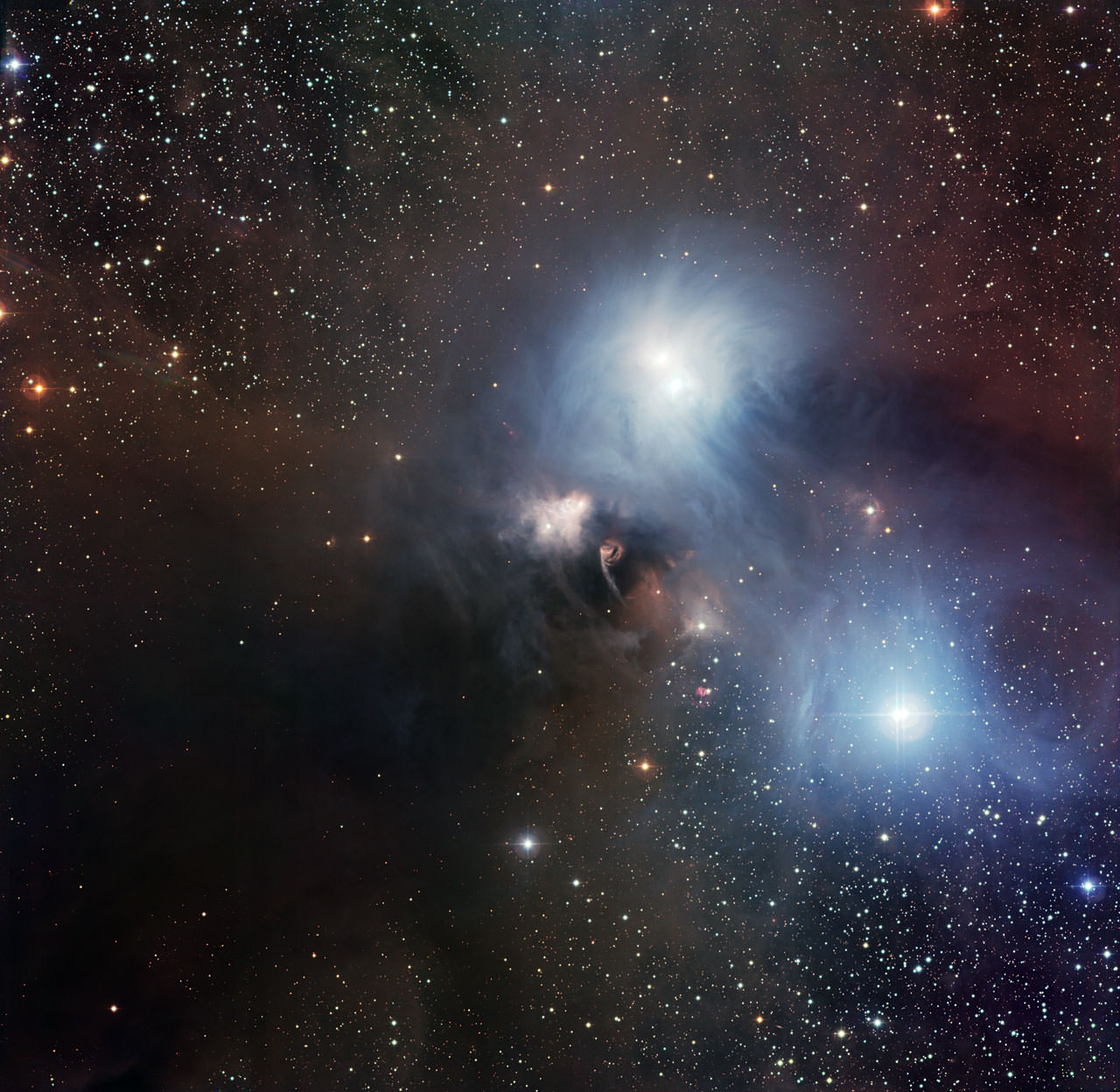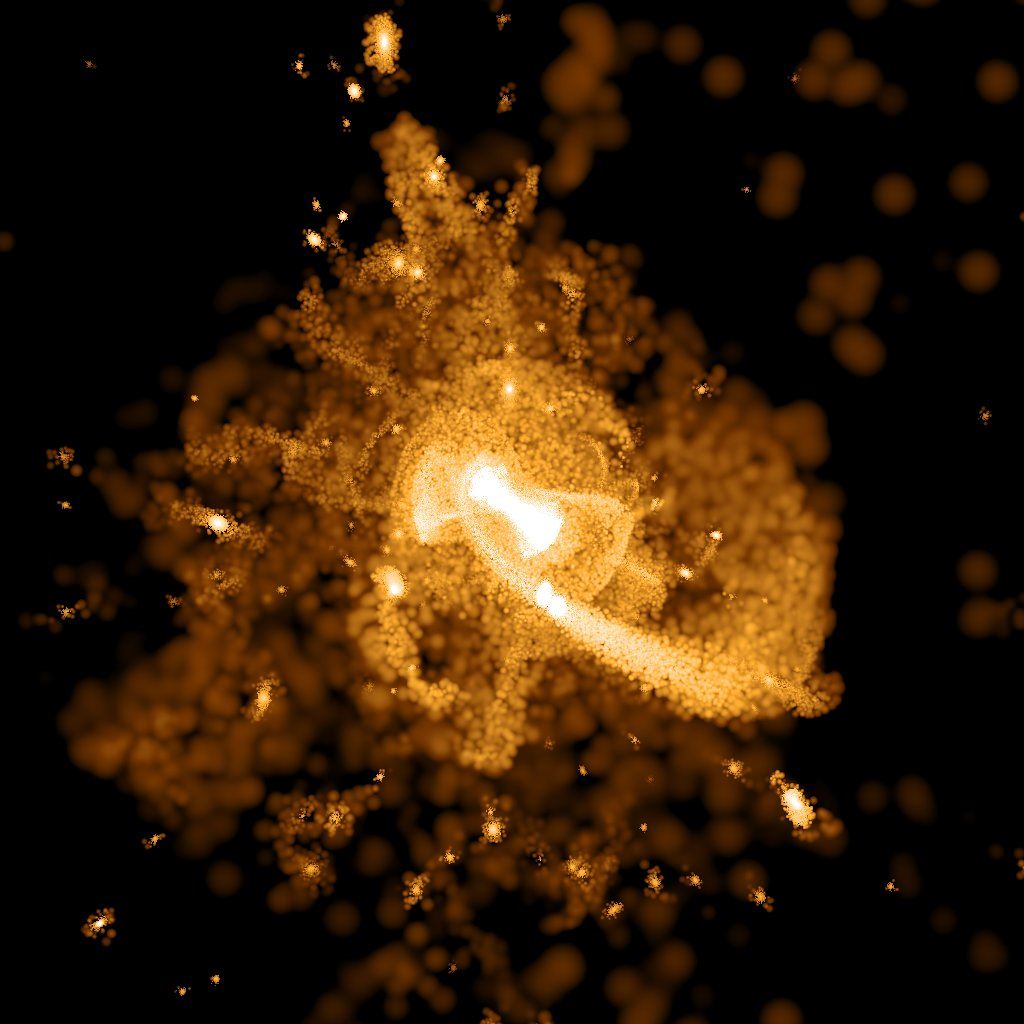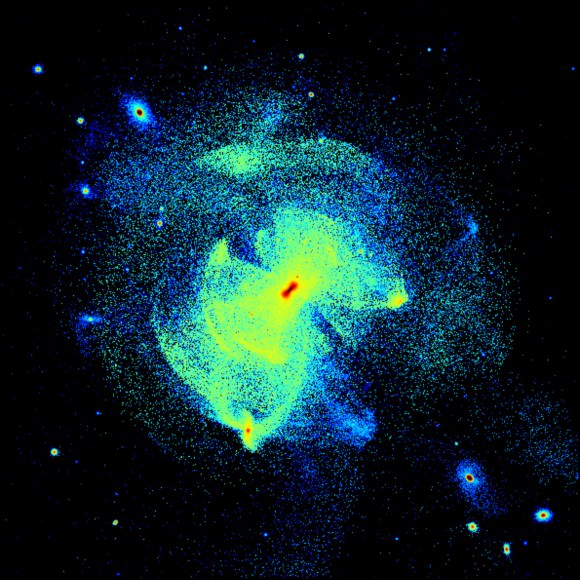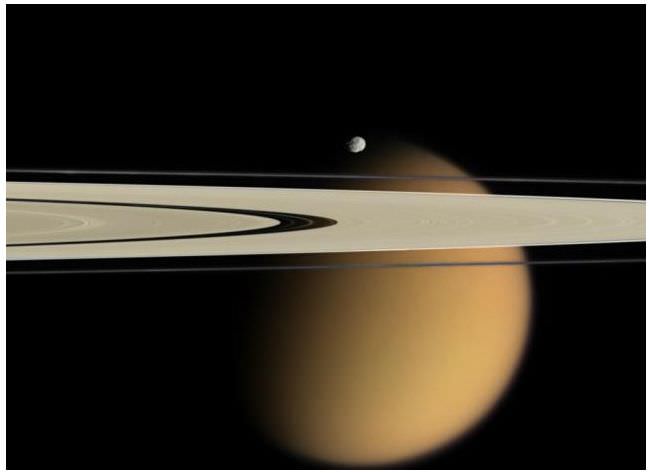Greetings, fellow SkyWatchers! Hopefully the rains have passed in your area and you’re ready for some dark skies and a double-dip… Double stars that is! This weekend we’ll take a look at some of the most colorful and interesting binary stars of the summer. Need more? Then hang tight as we take a look at one of the most concentrated globular clusters aroumd! Whenever you’re ready, I’ll see you in the backyard…
July 2, 2010 – This date marks the 1820 passing of British optician Peter Dollond, inventor of the triple achromatic lens. Dollond’s improvements to the refracting telescope included placing convex lenses of crown glass on either side of a biconcave flint glass lens to make the achromatic triplet lens we know today!
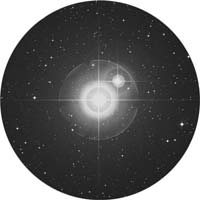 Now turn binoculars or telescopes toward magnitude 2.7 Alpha Librae, the second brightest star in the celestial ‘‘Scales.’’ Its proper name is Zuben El Genubi, and, as Star Wars as that sounds, the ‘‘Southern Claw’’ is actually quite close to home at a distance of only 65 light-years. No matter what size optics you are using, you’ll easily see Alpha’s widely spaced 5th magnitude companion, which shares the same proper motion. Alpha itself is a spectroscopic binary, as was verified during an occultation event, and its inseparable companion is only a half-magnitude dimmer according to the light curves. Enjoy this easy pair tonight!
Now turn binoculars or telescopes toward magnitude 2.7 Alpha Librae, the second brightest star in the celestial ‘‘Scales.’’ Its proper name is Zuben El Genubi, and, as Star Wars as that sounds, the ‘‘Southern Claw’’ is actually quite close to home at a distance of only 65 light-years. No matter what size optics you are using, you’ll easily see Alpha’s widely spaced 5th magnitude companion, which shares the same proper motion. Alpha itself is a spectroscopic binary, as was verified during an occultation event, and its inseparable companion is only a half-magnitude dimmer according to the light curves. Enjoy this easy pair tonight!
July 3, 2010 – Tonight let’s go deep south and have look at an area that once held something almost half a bright as tonight’s later Moon and over four times brighter than Venus. Only one thing could light up the skies like that—a supernova.
According to historical records from Europe, China, Egypt, Arabia, and Japan, 1,003 years ago the very first supernova event was noted. Appearing in the constellation of Lupus, it was at first believed to be a comet by the Egyptians, yet the Arabs saw it as an illuminating ‘‘star.’’
Located less than a finger-width northeast of Beta Lupi (RA 15 02 48 Dec –41 54 42) and half a degree east of Kappa Centaurus, no visible trace is left of a once-grand event that spanned 5 months of observation, beginning in May and lasting until it dropped below the horizon in September 1006. It is believed that most of the star was converted to energy, and very little mass remains. In the area, a 17th magnitude star that shows a tiny gas ring and radio source 1459-41 remains our best candidate for pinpointing this incredible event.
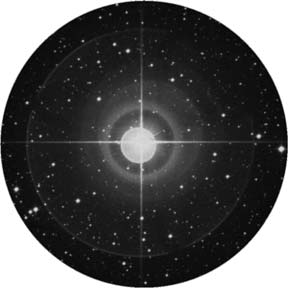 Why you’re at it, try a challenging double star—Upsilon Librae (RA 15 37 01 Dec –28 08 06). This beautiful red star is right at the limit for a small telescope, but quite worthy, as the pair is a widely disparate double. Look for the 11.5-magnitude companion to the south in a very nice field of stars!
Why you’re at it, try a challenging double star—Upsilon Librae (RA 15 37 01 Dec –28 08 06). This beautiful red star is right at the limit for a small telescope, but quite worthy, as the pair is a widely disparate double. Look for the 11.5-magnitude companion to the south in a very nice field of stars!
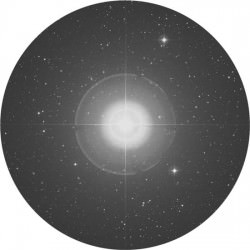 July 4. 2010 – Tonight let’s have a look at 400-lightyear-distant Rasalgethi—Alpha Herculis (RA 17 14 38 Dec +14 23 25). Known as the ‘‘Head of the Kneeling One,’’ it’s an easily resolved double and is noted for its fine color contrast. At magnitude 3.5, the variable bright primary is one of the largest known stars, with a diameter four times the Earth–Sun distance. Rasalgethi’s photospheric temperature is so low (3,000 Kelvin) that it barely glows a warm reddish orange. Meanwhile, its 5.4-magnitude companion is a yellow giant with a temperature twice the primary. The two together make Rasalgethi A seem a deeper red, while Rasalgethi B takes on a lovely yellow-green hue.
July 4. 2010 – Tonight let’s have a look at 400-lightyear-distant Rasalgethi—Alpha Herculis (RA 17 14 38 Dec +14 23 25). Known as the ‘‘Head of the Kneeling One,’’ it’s an easily resolved double and is noted for its fine color contrast. At magnitude 3.5, the variable bright primary is one of the largest known stars, with a diameter four times the Earth–Sun distance. Rasalgethi’s photospheric temperature is so low (3,000 Kelvin) that it barely glows a warm reddish orange. Meanwhile, its 5.4-magnitude companion is a yellow giant with a temperature twice the primary. The two together make Rasalgethi A seem a deeper red, while Rasalgethi B takes on a lovely yellow-green hue.
Need some fireworks? Then check out a single small globular—M80 (RA 16 17 02 Dec –22 58 30). Located about 4 degrees northwest of Antares (about two finger-widths), this little globular cluster is a powerpunch. Located in a region heavily obscured by dark dust, M80 will shine like an unresolvable star to small binoculars, but reveal itself to be one of the most heavily concentrated globulars in the telescope. Discovered within days of each other by Messier and Mechain, respectively, in 1781, this intense Class I globular cluster is around 36,000 light-years distant.
In 1860, M80 became the first globular cluster that was known to host a nova. As stunned scientists watched, a centrally located star brightened to magnitude 7 over a period of days, becoming known as T Scorpii. The event then dimmed more rapidly than expected, making observers wonder exactly what they had seen. Since most globular clusters’ stars are all about the same age, the hypothesis was put forward that perhaps they had witnessed an actual collision of stellar members. Given that the cluster contains more than a million stars, the probability is that some 2,700 collisions of this type may have occurred during M80’s lifetime.
Have a super weekend!
This week’s awesome images are: Zuben El Genubi, Field of SN1006, Upsilon Librae, Rasalgethi and M80. All done by Palomar Observatory, courtesy of Caltech. We thank you so much!



